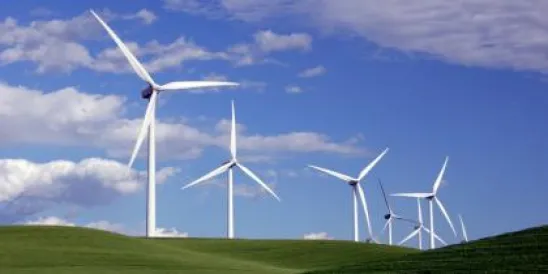California continues to see growth in alternative and clean energy initiatives. Below is a sample of recent notable developments.
Solar Panels on Every Home Starting 2020
The California Energy Commission (CEC) voted on May 9, 2018 to impose additional energy efficiency building standards, including the requirement that starting in 2020, new homes (with some exceptions) have solar panels. The CEC hopes this will cut energy use in new homes by 50%, and claims that this additional building standard will reduce greenhouse gas emission by an amount equivalent to removing 115,000 fossil fuel cars off the road. While environmentalists and building associations have hailed this decision as ground-breaking, others called it “admirable but misguided” because of the potential to exacerbate power grid operation and efficiency issues.
California Invests in the Electrification of Transportation
In working toward the mandated clean air and greenhouse reduction goals for 2030, the California Public Utilities Commission (CPUC) on May 31, 2018 committed to invest $738 million in transportation electrification projects to be implemented by the state’s electric utilities. CPUC authorized the state’s utilities to implement projects to expand residential, workplace and public electric vehicle charging stations. The majority of the funds ($578 million) are allocated to building out the infrastructure and providing rebates to support the electrification of medium- or heavy-duty commercial vehicles. This action is part of Gov. Jerry Brown’s goal of having 5 million zero-emission vehicles on the road by 2030, given that transportation accounts for 40% of California’s greenhouse gas emissions.
A Floating First: California Offshore Wind Projects
In 2015, Trident Winds, Inc. (Trident) approached the city of Moro Bay, California regarding a $3.2 billion plan to build 100 floating wind turbines approximately 35 miles off the coast of Moro Bay with a grid connection in Moro Bay. While Moro Bay has yet to approve the project, German energy company Energie Baden-Württemberg AG (EnBW) has entered into a joint venture with Trident to advance the Moro Bay project. Other California cities have advanced similar projects. Following a request for qualification process in April this year, California’s Redwood Coast Energy Authority (CRCEA) selected a floating offshore wind solution for a project 20 miles off the Northern California Coast near Eureka. The CRCEA and the selected consortium of companies (comprised of Principle Power Inc., EDPR Offshore North America LLC, Aker Solutions Inc., H.T. Harvey & Associates and Herrera Environmental Consultants Inc.) are currently in the process of finalizing a public-private partnership agreement to work toward designing and building this project.
Bill on Control of California’s Power Grid Survives Key Votes
On June 19, 2018 and June 27, 2018, California’s Senate Energy and Communications and Senate Judiciary committees voted in favor of AB-813, a bill backed by Governor Jerry Brown which would transfer control of California’s power grid from the California Independent System Operator (Cal-ISO) to a regional operator. As a result, the regional operator would be governed by a multi-state board that answers to federal regulators (i.e., FERC) rather than the governor of California who currently appoints the governing board of Cal-ISO. Supporters argue that consumers will save money, as much as $1.5 billion a year, and that there will be wider distribution of electricity generated by renewable sources. In contrast, opponents believe that this law would undermine California’s environmental policy by exposing California’s environmentally-friendly laws to federal preemption legal challenges (which, have occurred and succeeded in other states that have regionalized their grids), and also force Californians to purchase energy from fewer clean sources, produced in neighboring states such as Utah, Colorado, Wyoming and Arizona. The bill now advances to the Senate Appropriations Committee.





 />i
/>i
